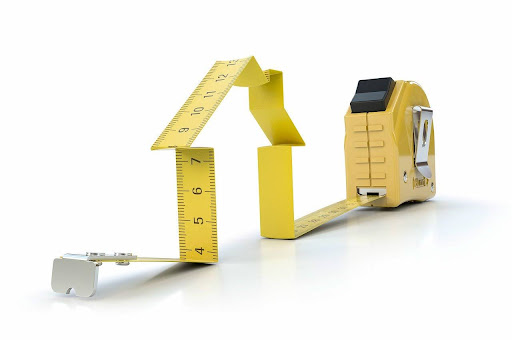Home improvement projects offer an exciting chance to accentuate your living space, but can often present unexpected budgetary hurdles. From minor repairs to major renovations, unexpected expenses can quickly escalate if costs exceed the original budget.
You might start your home project thinking it will go according to plan but halfway through realize expenses have outgrown those assumptions. But don’t worry, with the proper plan in place you can avoid common pitfalls and have a successful project.
In this article, we will explore strategies to help you save time and money while creating a home that meets your dreams and accommodates your schedule.
Finding the Right Professional for the Job
Choosing the right professional for a home project is key. It’s tempting to pick the cheapest bid, especially when money is tight. But going for low cost can lead to more issues later. Saving money is wise, but if you hire based only on price, you might face poor work, surprise fixes, and higher bills in the end.
Instead, invest time in seeking the right people for the job. For example, if you’re dealing with an old house that needs extensive repairs, then shortly you may find out that it costs more to repair than to build one from scratch. If you’re in this kind of situation, looking for local home builders is the best way to go. For instance, if you live in Knoxville, TN, look for the best Knoxville home builders who are familiar with local laws and regulations and can help design the ideal floor plan for your new home.
A skilled professional might charge more upfront, but they provide solid work that won’t need pricey fixes or swaps later. The right home builder will also be honest about costs, letting you stick to your plan and steer clear of surprises.
Underestimating Materials and Labor Cost
A common error homeowners make when setting a budget for home upgrades is not accounting for the real cost of materials and work. You may have a budget in mind, but overlooking small details can lead to costly mistakes. For instance, many projects need extra items besides basic ones, like screws, nails, glue, or special tools. These little costs can add up fast and increase your budget.
Likewise, labor costs can be more complex than they appear. The first quote might just cover the basic job, but unexpected issues could lengthen the time or need more work. It’s vital to request a detailed estimate, breaking down material costs, hours of work, and any possible extra fees. A reliable contractor will gladly provide this information, and it will help you see the full cost more clearly.
Skimping on the Details
To stick to a set budget, homeowners often try to save by choosing cheaper materials or cutting out some features they first wanted. Though this can seem like a quick way to save cash, it might backfire. For instance, picking lower-quality flooring may be cheaper at first, but it can wear down quickly, meaning you’ll need to replace it sooner than you’d like. Likewise, choosing less sturdy fixtures might lead to more fixes or even replacements, costing you more over time.
It’s crucial to balance your budget with both the quality and function of the materials you pick. At times, spending a bit more upfront on better materials may save you money later by cutting down on upkeep or replacements. Plus, sticking to your original plan—and not cutting too many corners—ensures you get the results you want, making the money you spent feel more worthwhile in the end.
Failing to Account for Contingencies
Despite careful planning, home improvement projects can still bring unexpected surprises. It’s easy to miss issues like structural faults, hidden water damage, or old wiring that need fixing during a renovation. When these problems show up, it’s tempting to keep going and deal with costs later, but this can cause financial issues.
To prevent this, set aside a backup fund—usually about 10-20% of your full budget—for unplanned costs. This way, if something unexpected happens, you won’t have to stop the project or use your savings. Preparing for unexpected issues from the beginning allows you to make adjustments without compromising the project.
Neglecting to Plan for Future Maintenance
Home improvements, especially bigger projects, often need regular upkeep that homeowners forget to add to their budgets. For example, a new deck may look great now, but it will need sealing or cleaning over time. Similarly, a freshly painted room will need touch-ups after some years. These routine tasks can cost more than expected, and without proper planning, they may affect your finances later.
Besides setting aside a fund for unexpected costs, it’s wise to allocate part of your budget for future maintenance. This could involve opening a dedicated savings account for home care or planning annually for upkeep expenses. Anticipating home maintenance costs can help reduce financial stress when these tasks arise.
Bottom Line
Avoiding common budgeting mistakes in home improvement projects doesn’t have to be complex. By following the tips in this article, you can stick to your budget while still getting your dream home. Even though surprise costs may come up, proper planning and wise choices will help make sure your home project succeeds without exceeding your budget.






